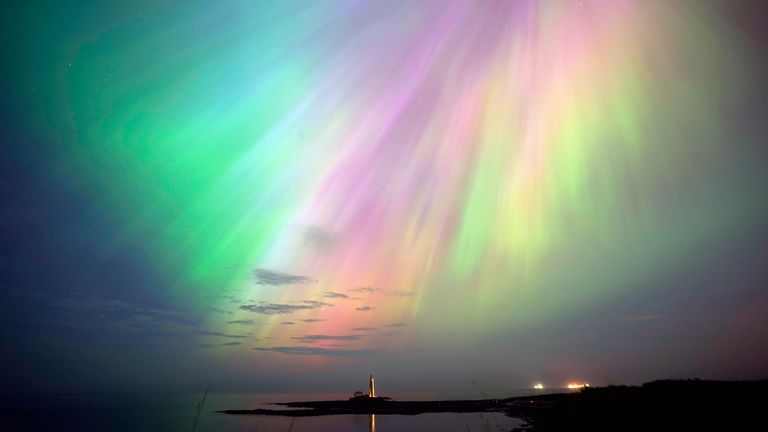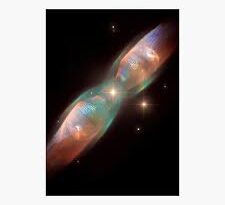Solar Storm Aurora Borealis 24
Solar Storm Aurora Borealis
Solar Storm Aurora Borealis is among the fascinating phenomena that captivate scientific research and the public’s curiosity within the enormous expanse of our solar system. Auroras are brilliant displays of light that is produced when charged particles from the sun’s corona explode, a phenomenon known as solar storms.

One of the most captivating natural phenomena is the Aurora Borealis, also known as the Northern Lights.
The majority of these celestial ballets take place in high latitudes, where the night sky is painted a vivid shade of green, pink, purple, and blue. This light dance is ignited by the interaction between Earth’s magnetic field and solar winds, providing an amazing window into the complex mechanisms of our solar system.
Auroras are not only visually stunning, but they also provide insight into the Sun-Earth relationship and serve as a reminder of how closely our planet is to its parent star. Intense solar storms can jeopardize humans in orbit, interfere with satellite communications, and disrupt power networks; therefore, they are also practically significant.
We are able to uncover not just the mysteries of our planet’s magnetosphere but also the more general dynamics of our solar neighborhood by delving deeper into the study of solar storms and their effects on Earth. The Solar Storm Aurora Borealis is a phenomenon that unites astronomy, physics, and awe through scientific investigation and aesthetic appreciation.
Follow our Digiknowledge.co.in page for the latest updates about technology, bikes, cars, sports, lifestyle, and many more.
How do solar storms or Aurora Borealis appear?
Solar storms can occur when the sun becomes extremely active. The sun spews a lot of charged particles into space during these storms. The Aurora Borealis, often known as the Northern Lights, are stunning light displays that are produced when these particles enter the Earth’s atmosphere.
However, these storms are not all fun and games. They may also be the source of various issues. For instance, they could interfere with electrical systems, causing blackouts. In addition, they might interfere with GPS and communication signals, which would interfere with communication and navigation. Thus, even though seeing the Northern Lights can be amazing, there may be some difficulties involved.
Even more charged particles are released during solar flares than during typical solar storms, making them powerful energy bursts from the sun’s surface. These charged particles produce amazing displays of color, including blue, pink, and purple, when they collide with the mainly nitrogen and oxygen particles that make up Earth’s atmosphere. The captivating Aurora Borealis is created by the night sky being painted in these hues.
It’s interesting to note that digital cameras can capture the entire color spectrum found in the Aurora Borealis, allowing us to fully appreciate the complex beauty of these magnificent celestial events.
Can Aurora borealis be seen in India?
Usually thought of as a treat for travelers to the far north, the Aurora Borealis has uninvitedly brought its splendor to new parts of the world. Although most visitors to see this scientific marvel travel to places like Iceland, Norway, Sweden, and Finland, a recent remarkable event has made this spectacle more accessible to many people.
The Northern Lights have been seen for the first time in recent memory in unexpected places like North America and even some portions of India. Many people are amazed and thrilled by this extraordinary event, which presents a unique chance for individuals who may not have thought they would see something like this in their own backyards.
Is 2024 or 2025 better for the northern lights?
NASA scientists predict that 2024 will be a record-breaking year for the northern lights, or aurora borealis, in Minnesota and Ontario. Experts predict that significant disruptions from solar storms may force the season’s peak displays to last until mid-2025.
Is it lucky to see the Aurora borealis?
The Northern Lights, according to the Ainu, are the spirits of their ancestors and can bestow wealth and good fortune on anyone who sees them. They also think that the lights herald the arrival of spring and the shifting of the seasons.
What is the 11-year aurora cycle?
On a roughly 11-year cycle, solar activity waxes and wanes. Consequently, an estimated 11-year cycle is observed in both geomagnetic activity and aurora. Larger solar flares, faster and larger CMEs, and more solar active zones are all present throughout the four to five years leading up to the solar maximum.
When was the first aurora seen?
According to NASA, the aurora was also mentioned in a Chinese account from 193 B.C. and on a tablet dated to 567 B.C., written by a royal astronomer working for King Nebuchadnezzar II of Babylon. It was not until the turn of the 20th century that the physics behind the northern lights was theorized.




